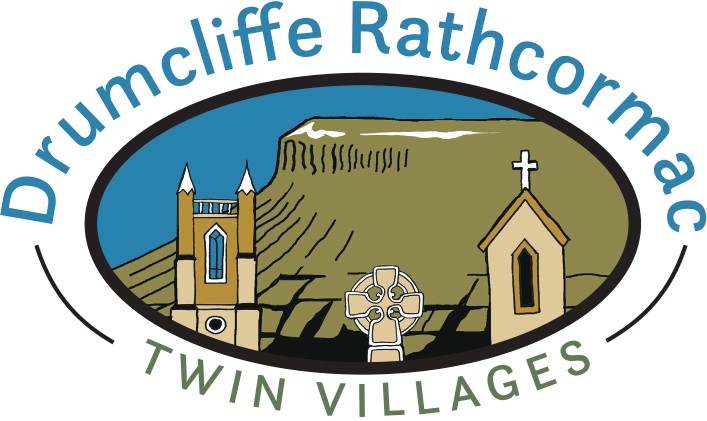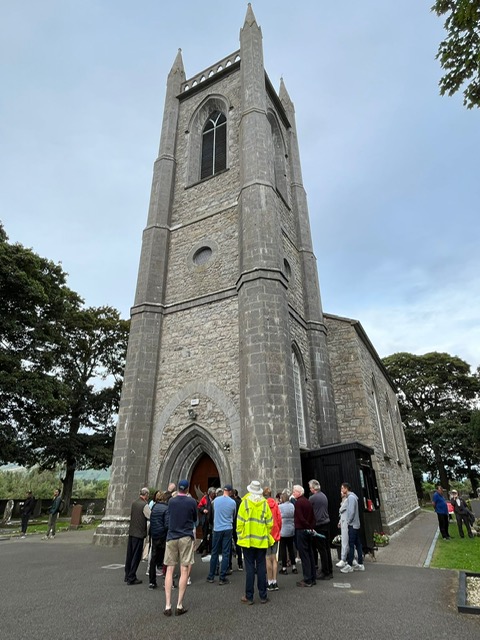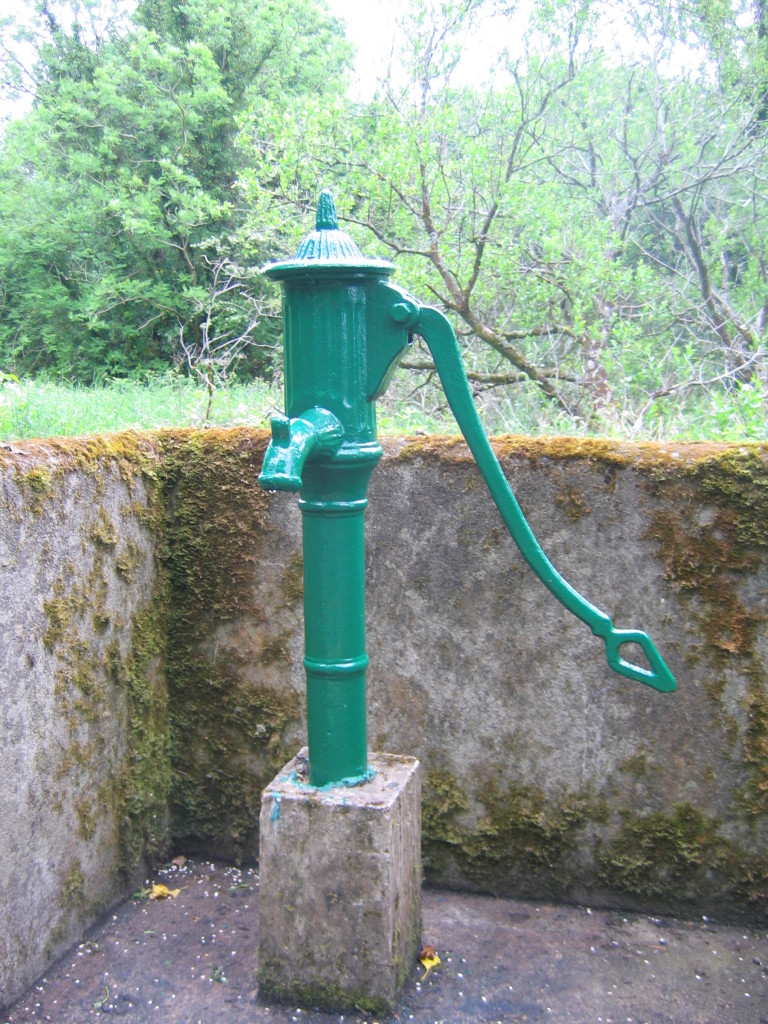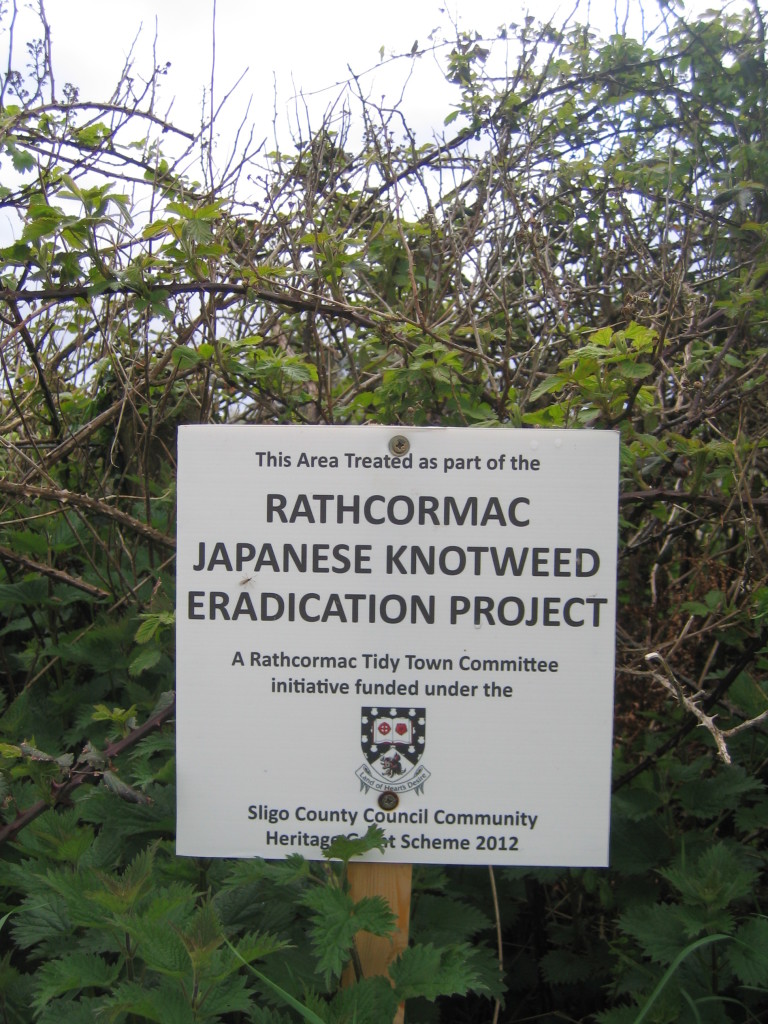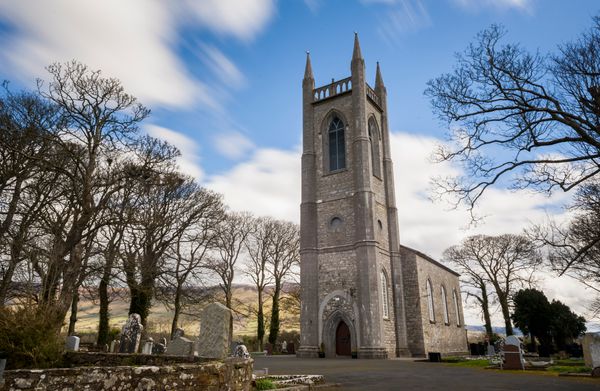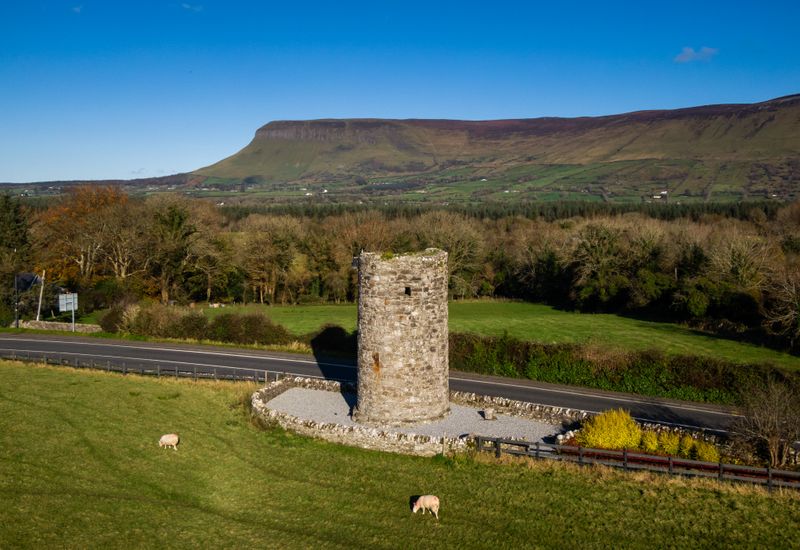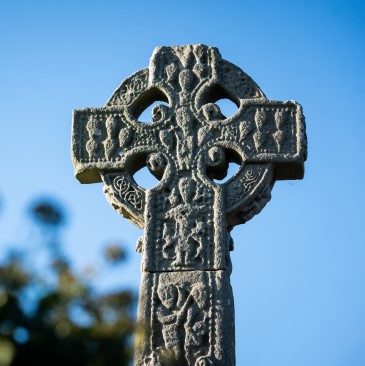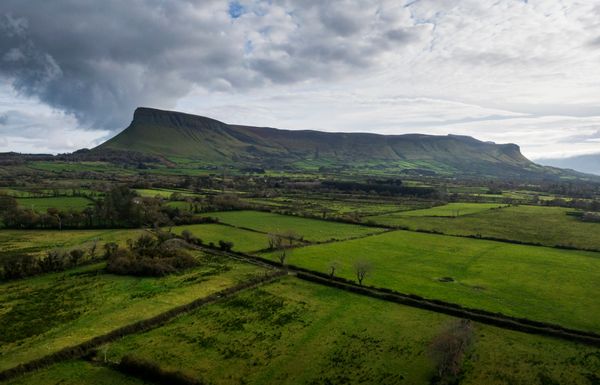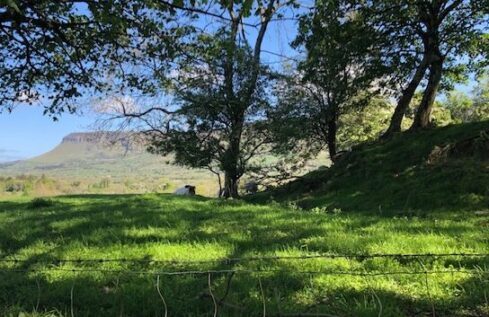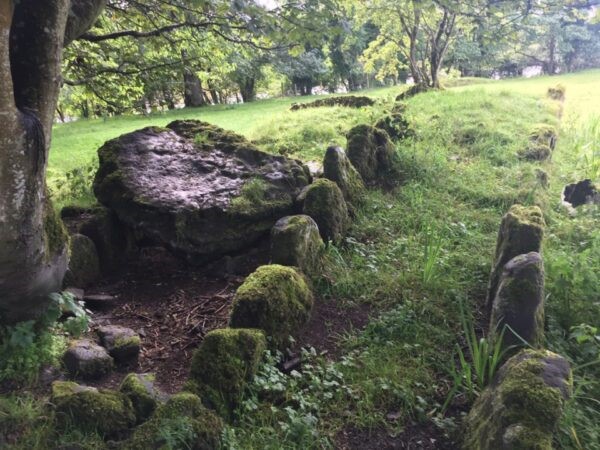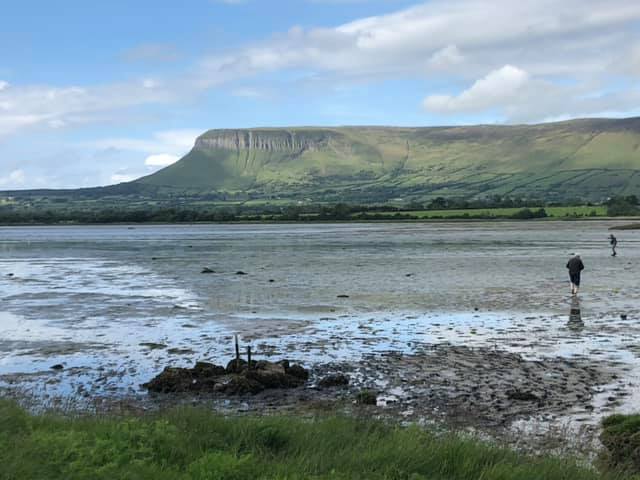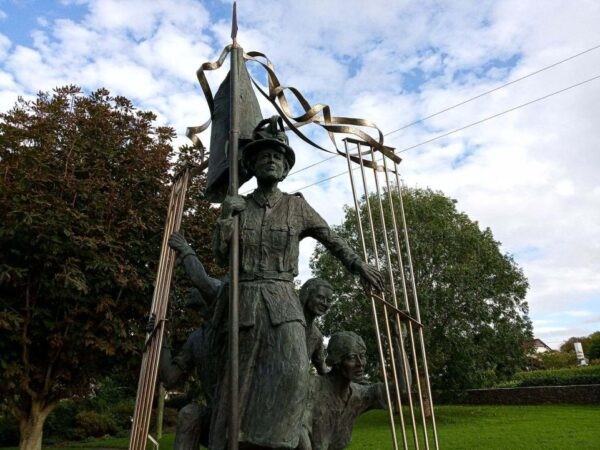Established in 2011, Drumcliffe and Rathcormac Tidy Towns Committee is a voluntary group of local people working together to create a more attractive, sustainable, and inviting community where residents enjoy a better quality of life and visitors are warmly welcome.
In addition to maintaining and enhancing the physical appearance of the local area, we also regularly deliver educational, environmental, and social/ cultural projects and initiatives such as guided biodiversity walks, commemorative events, and heritage talks. Our work is supported by local contributions and grant aid.
St. Columba’s (Drumcliffe) Church
The Round Tower
Drumcliffe High Cross
Drumcliffe Monastery
The Battle of Cúl Dreimhne (Cooldrumman)
Rathcormac Fort
Possible Boulder Burial Stones, Kintogher
Coolbeg Wedge Tomb
Drumcliffe Fearsat
Rathcormac Japanese Knotweed Project 2012 onwards
Constance Markievicz Statue
Holy Well, Doonerin
National Tidy Towns Competition
Drumcliffe and Rathcormac Tidy Towns enter the National Supervalu Tidy Towns Competition each year. Rathcormac first entered in 2011 with the twin villages entering jointly as Drumcliffe Rathcormac in 2014. Since then we have improved our score each year. A copy of the most recent Adjudicator Report can be accessed here.
Tidy Towns Competition 2021 Adjudication Report Drumcliffe Rathcormac
The Tidy Towns initiative has been in place for over 50 years in Ireland. Over 800 cities, towns, villages and rural areas take part each year. Assessment of participating towns is carried out by an independent panel of adjudicators appointed by the Department of Rural and Community Development and takes place during the months of June, July and August each year, on a date which is not specified. As a result, this assessment is conducted in secret.
